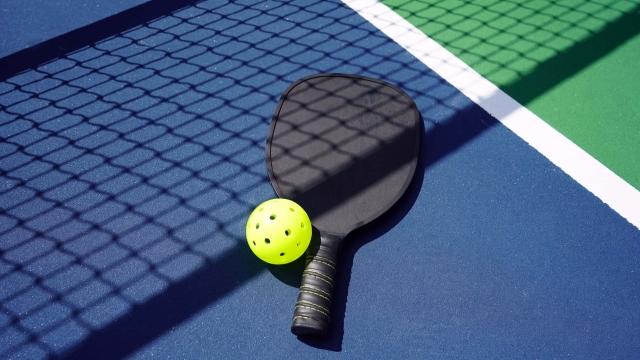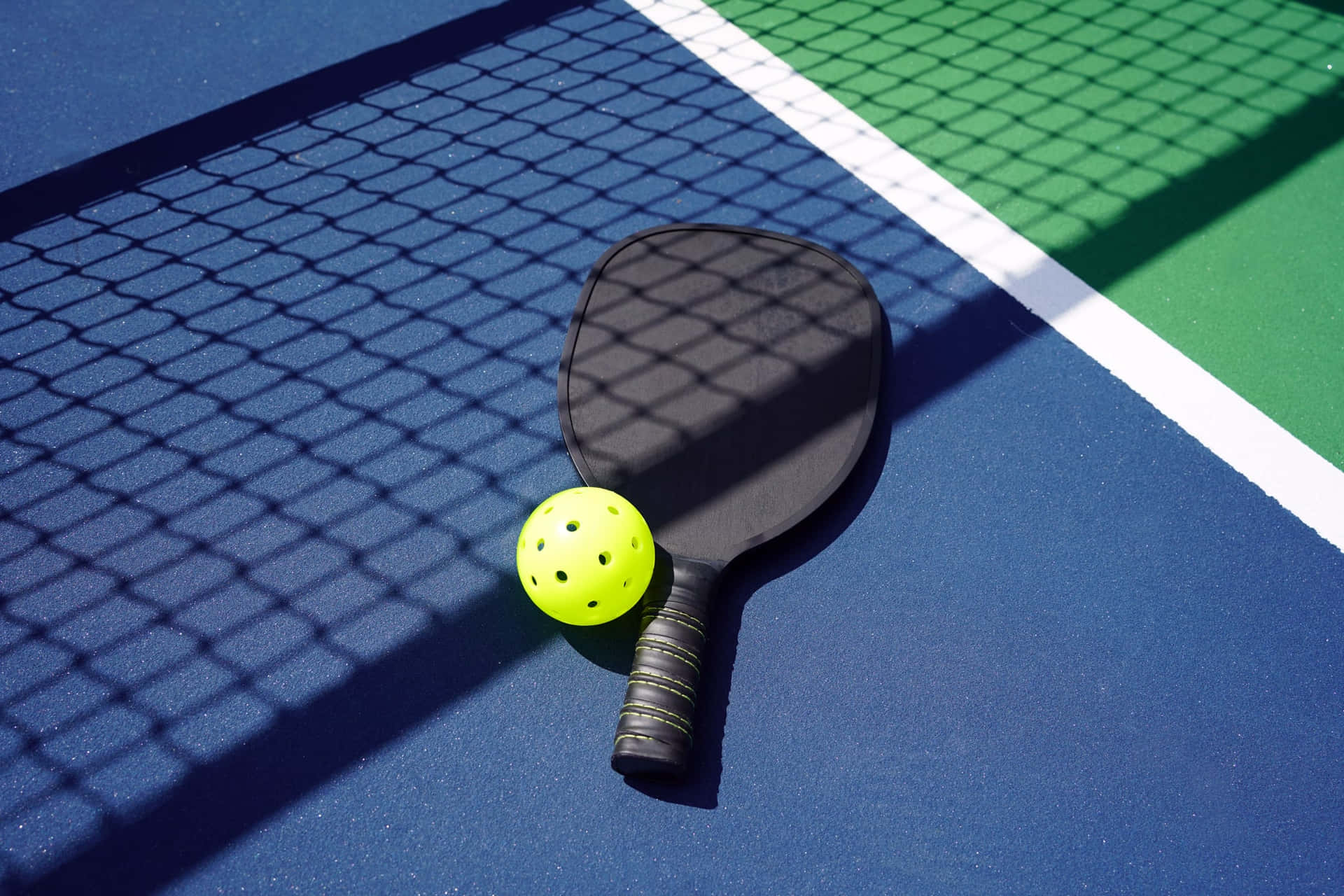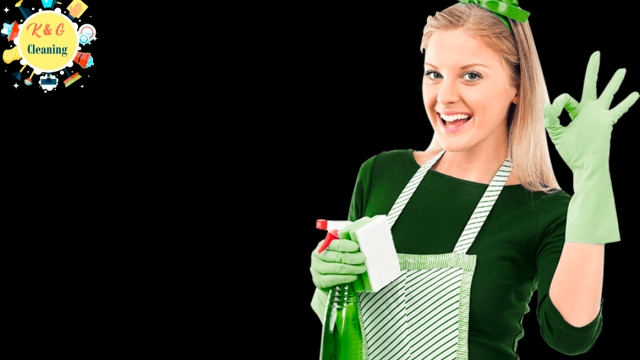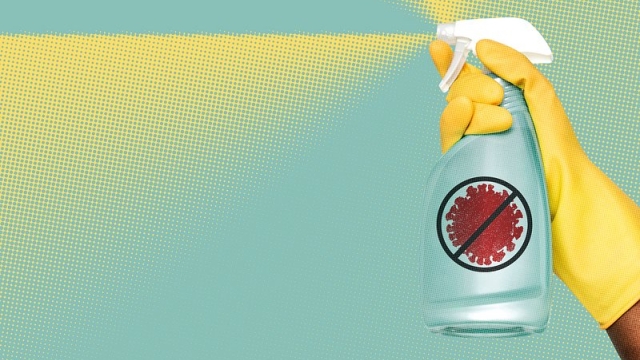
Pickleball Pandemonium: The Sport That’s Taking Over Courts and Hearts!

In recent years, a sport has emerged from relative obscurity to capture the attention and enthusiasm of players across all ages. With its unique blend of elements from tennis, badminton, and ping pong, pickleball is quickly becoming the darling of recreational activities, drawing in both seasoned athletes and newcomers alike. Whether played in backyards, community centers, or dedicated courts, this dynamic game offers a fun and engaging way to socialize and stay active.
Pickleball is not just a game; it’s a phenomenon that has taken over courts and hearts, creating a vibrant community of players eager to join the movement. As its popularity grows, so does the excitement surrounding local leagues, tournaments, and social events, making pickleball a staple in many neighborhoods. With its easy-to-learn rules and a friendly, inclusive atmosphere, it’s no wonder that people are flocking to experience the thrill of this captivating sport.
History of Pickleball
Indoor.pickleball
Pickleball was invented in 1965 by three fathers, Joel Pritchard, Bill Bell, and Barney McCallum, on Bainbridge Island, Washington. The original intention was to create a fun activity that would engage their families during the summertime. They combined elements of tennis, badminton, and table tennis, using a makeshift court and equipment they had on hand. The game quickly gained popularity among their families and friends, leading to the creation of a more structured format.
As the game evolved, it began to spread across the United States. In 1972, the first official rules were established, and in 1976, the first known pickleball tournament was held in Washington. The sport started attracting attention from players of all ages, as it was easy to learn and suitable for a variety of fitness levels. Pickleball began to establish itself as a legitimate sport, with dedicated courts being built in many communities.
The growth of pickleball continued into the 21st century, with the formation of national governing bodies and the increase of organized competitions. As the sport gained traction, it started to attract a diverse demographic, including seniors looking for a fun way to stay active. By promoting itself as a social and accessible sport, pickleball has made a lasting impact on the recreational landscape, becoming a beloved pastime for many across the nation.
Rules and Gameplay
Pickleball is played on a rectangular court, divided by a net similar to tennis. The game can be played in singles or doubles, with doubles being the more popular format. Players start each point with an underhand serve, made from behind the baseline. The ball must clear the non-volley zone, also known as the kitchen, and land in the opponent’s service area. Points are only scored by the serving side, and games are typically played to 11, 15, or 21 points, depending on the specific rules agreed upon by players.
Once the serve is successfully made, players must adhere to a few specific rules. The ball can only be volleyed when it is not in the non-volley zone, ensuring that players cannot just stand at the net and hit the ball. Additionally, rallies continue until one side fails to return the ball over the net, hits the ball out of bounds, or violates the kitchen rule. Strategies such as placement of shots and teamwork in doubles play become crucial as players seek to outmaneuver their opponents.
As players become more experienced, they often adopt various tactics to gain an advantage. Mastering volleys, dinks, and serves can greatly improve a player’s effectiveness on the court. Players are encouraged to develop a strong sense of positioning and communication in doubles, creating a synergistic effect that can lead to victory. The unique blend of strategy and skill in pickleball keeps both casual players and competitive athletes engaged, ensuring the sport’s rapid growth continues.
Health Benefits
Engaging in pickleball offers a multitude of health benefits that can enhance both physical and mental well-being. The sport is a fantastic form of cardiovascular exercise, promoting heart health by increasing circulation and improving lung capacity. With its fast-paced nature, players often experience an elevated heart rate, contributing to improved stamina and endurance over time. As a low-impact activity, it is gentle on the joints, making it accessible to individuals of all ages and fitness levels.
The social aspect of pickleball also plays a significant role in mental wellness. Playing with friends or joining a local league fosters a sense of community and belonging, which can reduce feelings of isolation and loneliness. This camaraderie, combined with the competitive spirit of the game, provides a fun and engaging way to relieve stress and boost mood. Regularly participating in group games can elevate overall happiness and promote a positive mindset.
Additionally, pickleball enhances coordination, agility, and reflexes. The combination of fast movements, quick decision-making, and hand-eye coordination required to play can improve overall physical fitness. Players find themselves developing better balance and flexibility, which are essential skills as we age. By incorporating pickleball into a regular exercise routine, individuals not only stay fit but also have the opportunity to sharpen their cognitive faculties, all while enjoying the thrill of the game.
Growing Popularity
In recent years, pickleball has surged in popularity, captivating players of all ages and backgrounds. This unique sport, combining elements of tennis, badminton, and table tennis, appeals to a wide audience due to its accessibility and social nature. Many community centers and parks have begun to allocate courts specifically for pickleball, reflecting the increasing demand and enthusiastic local interest. As more people seek engaging and fun ways to stay active, pickleball has emerged as a top choice.
A significant factor contributing to pickleball’s growth is its inclusive atmosphere. Unlike more traditional sports that may deter beginners with steep learning curves, pickleball allows participants to quickly grasp the basics and enjoy gameplay almost immediately. This fosters a sense of belonging and community, which is especially attractive in today’s fast-paced, digital world. Local clubs and groups often organize events and tournaments, further promoting camaraderie among players and drawing new participants eager to join the fun.
The rise of pickleball is also aided by its strong presence on social media and its visibility through various tournaments. Major competitions draw significant viewer engagement, showcasing talented players and dynamic gameplay that resonates with fans. Celebrity endorsements and media coverage have helped elevate the sport’s profile, encouraging more individuals to pick up a paddle and join in the excitement. As a result, pickleball is not just a game; it is becoming a cultural phenomenon that continues to grow and influence communities across the globe.



